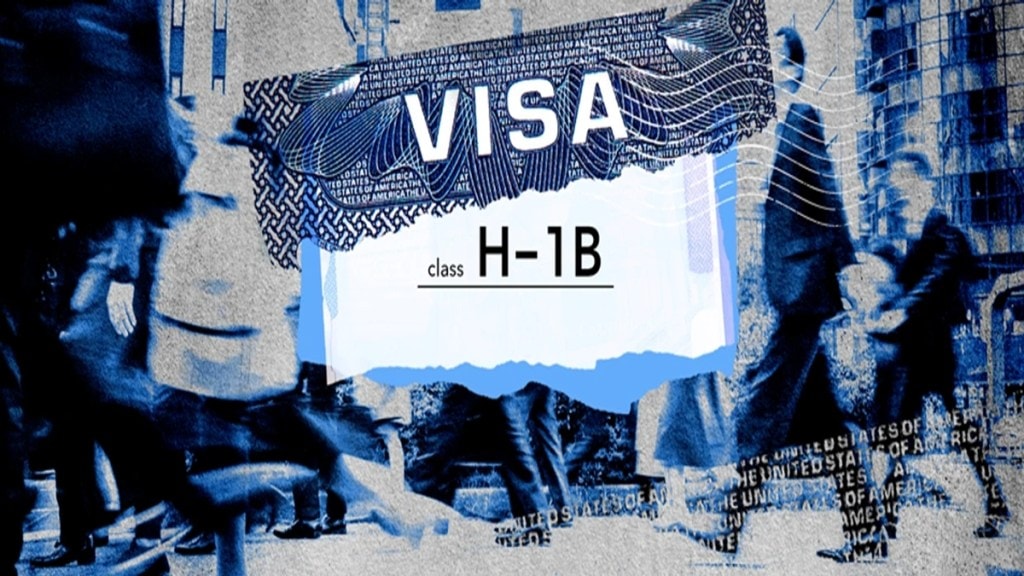US introduced a new rule for H-1B visa seekers who are hired by US companies. All new H-1B petitions filed by US employers, after September 21, will have to be accompanied by $100,000 fee.
This is a huge setback for foreign workers as the substantial H-1B visa fee of $100,000 will deter many US employers from hiring them.
The good news is that the new $100,000 fee will not impact all the existing H-1B visa holders. Those who already hold H-1B visas and are currently outside of America will not be charged $100,000 to re-enter. Even the renewals of H-1B visas will not be impacted by the new $100,000 fee.
H-1B Lay-Offs
The other big silver lining is for those current H-1B holders who would have recently lost their jobs in the US. Those with H-1B visas who would have been laid off recently might suddenly attract the attention of US employers.
“Yes, this new rule does make existing H-1B visa holders in the U.S. more attractive to employers. Because the $100,000 fee applies to most new H-1B petitions for individuals outside the country, companies now face a strong financial disincentive to bring in new hires from abroad,” says Dmitry Litvinov, Dreem.
Under USCIS rules, H-1B visa holders can begin working for a new H-1B employer. They can also start working for a new employer after being laid off from their job. “There is no official USCIS data, but industry trackers suggest that around 145,000 H-1B visa holders lost their jobs in 2025,” says Litvinov.
If you are laid off, fired, quit, or otherwise cease employment with your previous employer, you may have up to 60 consecutive days or until the end of your authorized validity period, whichever is shorter, to find new employment, change status, or depart the country.
“H-1B holders already in the U.S. who have been laid off could represent a ‘ready-to-deploy’ talent pool. If the fee does not apply, new employers can onboard them through a change-of-employer petition, which early guidance indicates is not subject to the new fee, though the government has not yet issued a final confirmation,” adds Litvinov.
H-1B 60-Day Rule
According to the H-1B visa rules, if a nonimmigrant worker’s employment terminates, either voluntarily or involuntarily, they and their families must leave the United States within 60 days or when their approved validity period expires, whichever is shorter.
When nonimmigrant workers are laid off, they may not be aware of their options and may, in some instances, wrongly assume that they have no option but to leave the country within 60 days.
When an H-1B worker’s employment is terminated either voluntarily or involuntarily, they typically may take one of several actions to remain in a period of authorized stay in the United States beyond 60 days.
If H-1B worker’s employment is terminated, either voluntarily or involuntarily, they can typically take one of the following actions, if they are eligible, to remain in a period of authorized stay in the United States:
File an application for a change of nonimmigrant status;
File an application for adjustment of status;
File an application for a compelling circumstances Employment Authorization Document; or
Be the beneficiary of a nonfrivolous petition to change employer.
If one of these actions occurs within the up to 60-day grace period, H-1B worker’s period of authorized stay in the United States can exceed 60 days, even if they lose their previous nonimmigrant status. If they take no action within the grace period, they and their dependents may then need to depart the United States within 60 days, or when their authorized validity period ends, whichever is shorter.
“The standard 60-day grace period still applies to laid-off H-1B workers under existing USCIS regulations. This means individuals have 60 consecutive days from their last day of employment or until the end of their authorized stay, whichever is shorter, to secure a new employer, change status, or depart the United States”, informs Litvinov.
